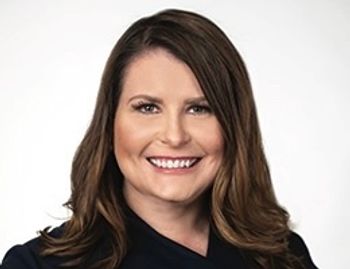
Uncrowding the Clinician Cockpit
According to 2 clinicians, docs today face "maddening" alerts and a "Sisyphean" inbox. They offer 5 suggestions for how that can be fixed.
A new commentary in JAMA Internal Medicine asks a key question: “Is it in the interests of patients for their physicians to spend the majority of their workday on tasks that may not require their medical training to complete?”
The answer is implicitly “No.” But in today’s healthcare environment, the American Medical Association’s Christine A. Sinsky, MD, and University of Rochester Medical Center’s Michael R. Privitera, MD, write,
Worse, the healthcare system has no means of managing these trends. “There is no team of engineers whose job it is to ensure a sterile cockpit or even a ‘manageable cockpit,’” they argue, and the effect of that is well documented: Burnout is becoming
What can be done? The physician pair has a series of 5 suggestions:
1. Develop measures of a manageable cockpit that capture the cognitive workload. This would include measures like ratios of screen time to face-to-face patient time and protocols for the amount of “work after work” that physicians can do in electronic health records (EHR) systems.
2. Establish clinician wellbeing as a health system metric. In a system that is looking to create quality measures for practically everything, why not evaluate how caregivers are doing as well? This measure could be a “summative proxy measure” for the manageability of the clinician cockpit.
3. Encourage and apply research regarding interventions to create a more manageable cockpit. Practices like medical scribing and physician co-visits could ease the burden of the many things asked of clinicians today. Sinsky and Privitera argue that these, along with conveniences like badge-reader EHR logins (as opposed to numerous complex passwords) could improve physician satisfaction.
4. Establish industry best practices. These could be within the insurance industry “to minimize the burden of obtaining prior authorizations,” within the tech industry to create less cognitively-taxing EHR systems, or within the regulatory world to streamline the number of validations and approvals required within the system.
5. Hold institutions, payers, technology vendors, developers of clinician metrics, and state/federal agencies accountable. “At present, clinicians are also responsible for translating the patient encounter into digital data for the use and convenience of payers, auditors, researchers, and policy makers,” the authors write earlier in the commentary. Ideally, those actually using the data could be asked to carry more of the load when it comes to obtaining it. They note that the 21st Century Cures Act contains a provision that asks CMS to look into this, but as of when they wrote the piece, “details are limited.”
Get the best insights in healthcare analytics sent
Related Coverage:






















































































